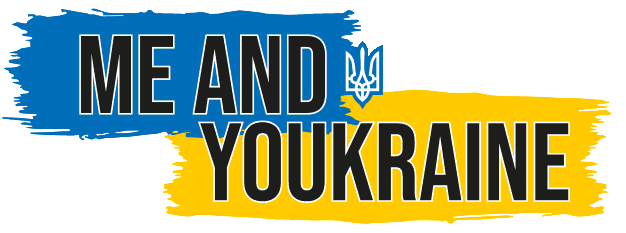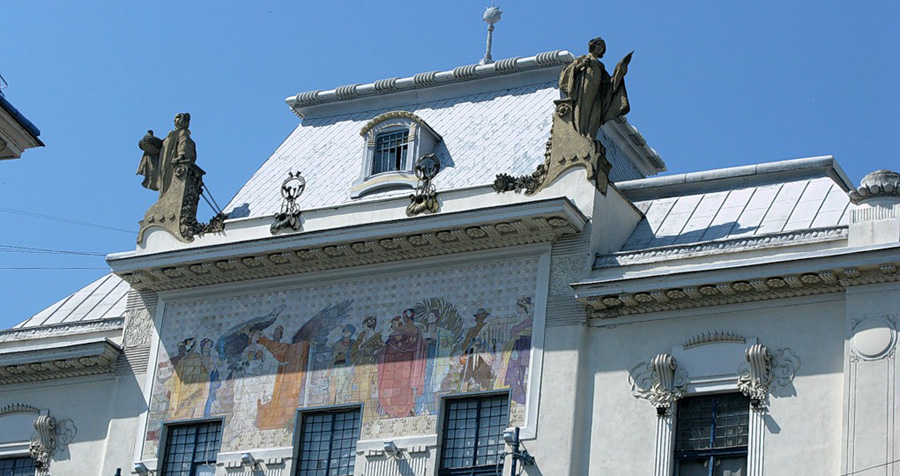
Historical Medical Museum of the Bukovyna State Medical University
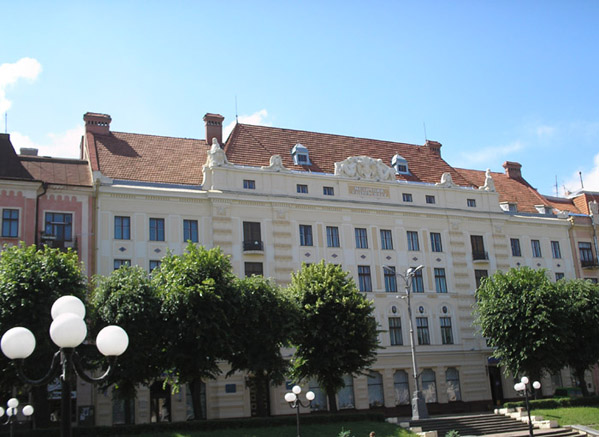
The museum is situated in the basement of the 'Academic' building. It has five exhibition halls with a total area of 320 square meters plus extra facilities. The museum gets scientific and methodological support from the Chernivtsi Regional Museum. Every year the museum attracts more than 5,000 people. The main collection of the museum consists of 1,560 original pieces (sculptures, writings, video, photo, audio recordings, instruments, etc.) from the university's history.
The eight main sections of the museum's highlight:
- the founding and the Kyiv-period of the institution, with the status of Second Kyiv State Medical Institute (1931-1941) and its work in the evacuation during the war towards the city of Chelyabinsk (1941-1944.);
- Bukovina period of the institution, with the status of Chernovtsy State Medical Institute (1944-1997), Bukovyna State Medical Academy (1997-2005) and since 2nd of March 2005, the Bukovyna State Medical University (Manakin);
- the life and work of rectors, vice-rectors and prominent scientists of the university;
- the history of nursing and charity in Ukraine and Bukovina;
- the history of the establishment and operation of medical colleges in Chernivtsi, Novoselitsk, Vashkivetskoho and Kovel;
- documents and objects from the history of medicine in Ukraine and Bukovina;
- research and development staff and students of the university and its scientific relations with foreign countries;
- sports.
Noteworthy exhibitions are: the period of the Kyiv educational institution; medicine in Bukovina during the pre-Soviet and Soviet periods; the world's well-known 'chemical Chernivtsi disease'; well-known students of the BSMU: for example Vladimir Ivasyuka, Mikhail Tkach, Joseph Elhisera, professor N.V. Elshteyna, professor H.I. Hodorovskoho, professor L.I. Sandulyaka, V.D. Bratusya and Yu.P.Spizhenka; and the history of nursing in Bukovina and Ukraine.
The museum and library (in cooperation with departments of the University) have displayed themed exhibitions on significant events and famous scientists. The museum is the venue for lessons on history of medicine, pharmacy and nursing.
On the home page of the Bukovinskogo Medical University (link 'Palace Academic'), you can see the interiors and equipment of the auditorium and other rooms. (www.vnz.univ.kiev.ua)
Phone: +380 (372) 52-01-44, +380 (372) 59-23-54
www.bsmu.edu.ua
Opening hours: Monday - Friday 09:00 - 17:00
Chernivtsy Art Museum

The Chernivtsi Art Museum was founded in 1988. It is the largest art museum in the Bukovina region. Peculiar is the history of the museum's collection, that reflects the events in the province. During the last quarter of the 18th century and during WO I, Bukovina was part of the Austro-Hungarian Empire. By 1940 it was part of Romania, with its distinguished cultural life influencing the different nationalities inhabiting the country. Many works of religious art, including icons, were brought from closed churches. Thanks to the work of restorators from Kiev, Lviv, Kharkiv and Chernivtsi much of it was brought back to life and formed the basis of the exposition.
Phone: +380 (372) 52-41-06, +380 (372) 52-60-71, +380 (372) 52-42-22
http://hosted.sacura.net/museum
Opening hours: Tuesday - Sunday 09:00 – 17:00
History Museum of Jewish Culture
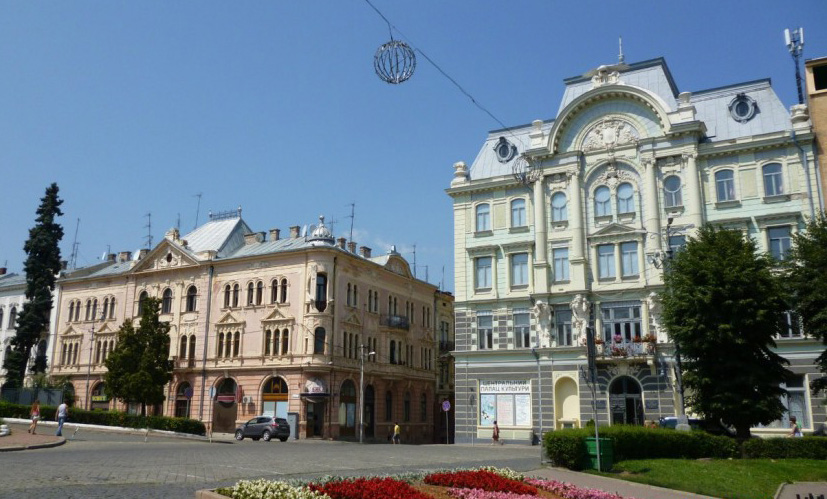
During the twentieth century there were several attempts to create a museum of history of the Bukovynian Jews. The first attempt was in the late 1920's, when Bukovina was part of Romania. However, save one document no trace of the museum was found after the war. The second attempt was made in the late 1990s by the Jewish Society 'Steinberg'. It was a limited exhibition of collected items, but the museum lacked funding and staff researchers. Despite the fact that many of the Bukovyna Jews emigrated during the nineties, the idea of the museum continued. In the early 2000s, work on the museum was resumed.
The Museum of Jewish History and Culture of Bukovina Chernivtsi was established by the Jewish social and cultural fund, the Eurasian Jewish Congress and the Association of Jewish Organizations and Communities of Ukraine. The initiator and main author is the head of the Association, Joseph Zissels. The museum was opened in October 2008 to celebrate the 600th anniversary of the first written mention of the city by Alexander the Good from Moldavia.
The exposition shows the brightest period of Jewish community life from 1774 to 1941. A large number of exhibits like original books, documents, postcards, household and religious items are displayed.
The first room contains general information and public documents about Jews in Bukovina during Austrian times and focuses on traditions, rituals and religious life. Materials used by the two great rabbinical dynasties (Rabbi Menachem Mendel Hager from Vyzjnytsja and Rabbi Isroelya Friedman from Sadhora) are displayed.
In addition, a part of the exhibition is the 'sabbath corner': the interior of the traditional room with a table where the family eats the sabbath meal. Also shown in the museum are Jewish folk art (including oil paintings) and grave stones from the old Matseva Bukovynian cemeteries.
Another part of the exposition is dedicated to Bukovina during the Second World War. Archive documents, photographs and testimonies tell about this part of history. (www.guide.cv.ua)
Phone:+380 (372) 55-06-66
www.muzejew.org.ua
Opening hours: Tuesday - Friday 11:00–15:00; Saturday 10:00 – 14:00; Sunday 10:00–13:00
Chernivsty Regional Museum

The first attempt to create a museum in Bukovina was made in 1863 by antique lovers. However, because of the lack of financial support this attempt failed. In 1877, the museum collections were transferred to the Chernivtsi University. On May 14 of 1893, the efforts of researcher-ethnographer Professor K.A. Romshtorfera led to the foundation of the Regional Museum, which operated until the First World War.
Expanding trade relations with other provinces in Austro-Hungarian Bukovina and with foreign partners led to the creation of the Museum of Crafts (later the Industrial Museum), under the auspices of the Chamber of Trade in May 1887.
The Museum of Religious Art was founded in June 1899. Later, the Bukovinsky Metropolis Museum was opened by the efforts of Professor E. Kozak.
In 1935, the Regional Museum (1930 - Regional) was incorporated under the name Industrial Museum of King Carol II. In 1940, these museums were put together to from the Chernivtsi Regional Museum.
Today, the museum shows nearly 90 thousand exhibits: old books including a unique Ostroh Bible, printed by Fedorov in 1581, a numismatic collection with more than 3,000 coins; an interesting collection of weapons; an archaeological collection consisting of over 12,000 exhibits; etc.
The pride of the museum is the collection of fine and decorative art, based on 16th-18th century icons. A collection of nearly 10,000 plant and animal specimens. In it, in particular, are species that are listed in the Red Book of Ukraine, the European Red List and the Red List of the International Union for Conservation of Nature. (www.guide.cv.ua)
Phone: +380 (372) 52-44-89, +380 (372) 52-62-39, +380 (372) 52-50-62
Opening hours: Daily 09:00 – 17:00, closed on Wednesdays
Natural Museum at the Fedkovich University
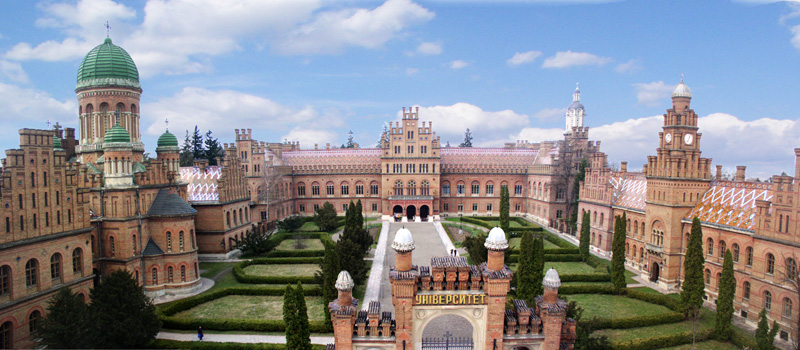
The Natural Museum is one of the oldest university museums in Ukraine. Gathering specimens for the geo-paleontological and zoological collections began in 1876; only one year after the founding of the Chernivtsi University.
The Zoological Museum Collections Department has a scientific, historical and cultural approach and the significance of the collections made the Cabinet of Ministers of Ukraine declare them national heritage. You can see collections of minerals and petrographic samples collected from regions around the globe, but also pieces of extraterrestrial origin. There are many unique pieces with unique patterns.
The museum does the following work
- Research. Studying exhibits and collections and field research. Scientific acquisition and study of museum collections, scientific organization of accounting, storage, conservation and restoration of collections, making scientific expositions and laying scientific basis for all kinds of media work. A variation of the museum is the preparation and publication of articles, abstracts, directories, guides, booklets, etc., which, in addition to research, popularize the museum and its diverse and valuable collections; conduct archival search of the history of the museum and its exhibits;
- Methodological work. Identification, development and implementation of advanced methods of museum work. The issue of exposure, scientific, educational, scientific, stock, information-analytical work, restoration of museum objects, consultation, training of museum workers, etc;
- Education. Realization of multifaceted and diverse activities for different groups of visitors, both in the museum and outside. Contains the following areas, tours (lessons, excursions), lectures, consultations, discussions;
- Stock work. The formation of museum collections, ensuring the preservation, study of museum objects and collections and creates conditions for their use. Its main areas - scientific assets acquisition, registration, storage, scientific study, conservation and restoration of museum objects.
(www.chnu.edu.ua)
Phone: +380 (372) 52-00-20
www.chnu.edu.ua/
Opening hours: Monday - Friday 09:00 – 17:00
Museum of Folk Architecture and Life
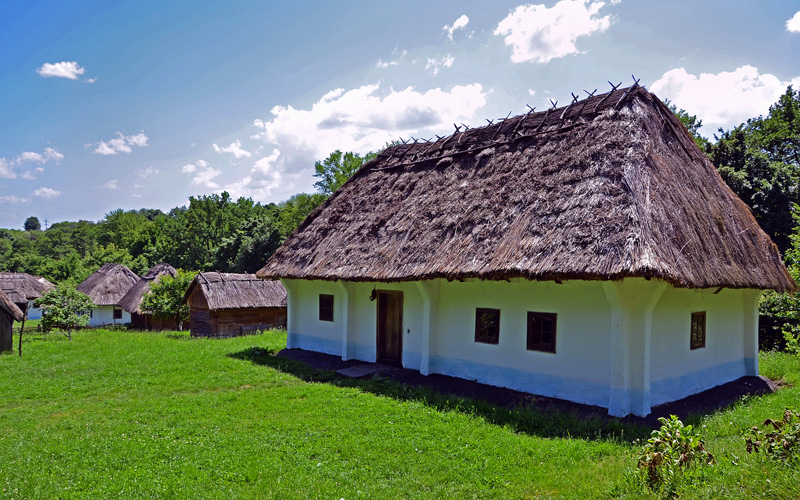
The Chernivtsi Regional State Museum of Folk Architecture and Life was established in accordance with the Ukraine government decree of 19 July 1977. There are only a few museums like this one in Ukraine: in Kiev, Lvov, Pereyaslav-Khmelnytsky, Uzhgorod and Ivano-Frankivsk.
The museum welcomed its first visitors on July 5th, 1986. The museum is divided in two areas, the 'Khotyn district' and the 'Western Dniester'. An area of 9,379 hectares, where 33 typical buildings of 19th and mid-20th century Bukovina villages are built. You can see not only houses, barns and stables, but also windmills, a forge and a church with bell tower. Most buildings are set in dwellings. The interiors are recreated and give a truthful view into the past.
The museum treasures over 8,000 items, like folk costumes, peasant tools, household items, furniture, works of decorative art, print and photographs.
Museum held dozens of permanent and temporary exhibitions, for example 'Arts and crafts Bukovina', 'Traditional Bukovina clothing', 'Bukovina carpets', 'Bukovina woven belt', 'Bukovina embroidery', 'Beads in the national dress', 'Leather Products Bukovina', 'Bukovina pottery and wooden utensils', 'Bukovina chest', 'Bukovina Easter egg', 'Folk musical instruments', 'iconic painting of Bukovina', 'Cult metal' and others. (www.guide.cv.ua)
Phone: +380 (95) 426-55-12, +380 (94) 991-90-71, +380 (372) 26-29-70,
+380 (372) 91-90-73, +380 (372) 90-70-71
www.bukovina-museum.com
Opening hours: Wednesday - Sunday 09:00–18:00
Literary Memorial Museum of Olga Kobyl'anska
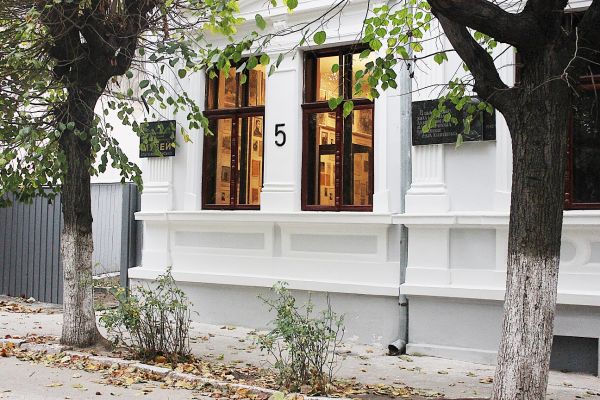
The famous Ukrainian writer Olga Kobyl'anska lived in Chernivtsy over 50 years. Here she wrote her best works: the novel "Earth", "On An Early Sunday Morning Digging Up A Potion...", "The Situation", "Nioba" and the novel "The Black Apostle". She actively participated in literary processes and in public life.
The Literary-Memorial Museum was opened on November 27, 1944, on Olga's birthday, in her home at Dimitrova 5, where she lived from May 1929 until her death on 21 March 1942.
The museum consists of five rooms. In three of them, the life and career of Olga Kobyl'anska and her literary connections are shown. In the memorial room, her study and bedroom, everything is presented as it was during her life. Personal things and decorations are exhibited. The museum also has a large courtyard and a garden near the building.
The first exhibition hall is dedicated to her childhood and adolescence. You will find many personal items in the shop window, for instance a birth certificate, a student's notebook, school supplies, drawings, albums with recordings of folk songs, family photos et cetera. Also exhibited are first editions of the novels 'The Man' and 'Princess', works of art of Augusta Kochanowski and Stephen Kobylyansky.
In the other rooms, materials and documents about Olga's life, career, friendships and literary connections with many domestic and foreign cultural figures (like Ivan Franko, Lesia Ukrainian and Vasyl Stefanyk) are displayed. But also exhibits relating to the story 'Earth' occupy a central place.
A separate room commemorates Olga Kobyl'anska. There are different editions of her works in Ukrainian and in other languages, her research, portraits, busts, programs, posters, photographs, scripts et cetera. The 100th anniversary of Olga Kobyl'anska was celebrated internationally, a decision of UNESCO. (www.guide.cv.ua)
Phone: +380 (372) 52-56-44
Opening hours: Daily 09:00 – 17:00
Regional Memorial Museum Vladimir Ivasyuka
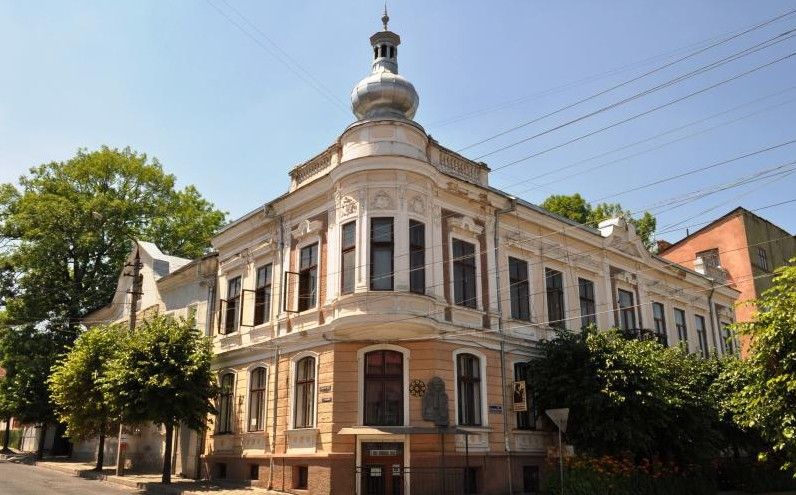
The Regional Memorial Museum of Vladimir Ivasyuka has a short history. The order on its establishment was signed on Feb. 26, 1993 by the then representative of the President of Ukraine in the Chernivtsy region, Ivan Hnatyshyn, for the commemoration of the famous Ukrainian composer. It was decided to locate the museum in the four-room appartment of writer Michael Ivasyuka at Mayakovsky Street 40 in Chernivtsi.
Vladimir Ivasjuk had lived in this apartment for some time; from June 1971 to August 1972, after which he moved to Lviv. However, until his untimely tragic death, he did not forget about his father's house. It was here, where he celebrated his 30th and last birthday.
The opening of the museum took place on September 4, 1999: the 50th birthday of Vladimir Ivasyuka. The opening ceremony involved the ensemble 'Smerichka' with which Vladimir worked in 1970-1972; the president of the Ukrainian Association of pop personalities, Victor Gerasimov; the minister of culture Dmitriy Ostapenko; and well known Ukrainian singers Pavlo Dvorsky, Oksana Savchuk, John Kavatsyuk and Irina Shynkaruk.
Since this museum became a kind of center for popularizing the Ukrainian song, it also became a place of interesting literary events, competitions, concerts and exhibitions. (www.guide.cv.ua)
Phone: +380 (372) 55-08-89
http://ivasyuk.org.ua/museums.php
Opening hours: Monday - Friday 9:00–17:00
Bukovynian Diaspora Museum
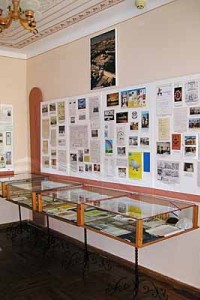
The Bukovina Museum of Diaspora is a scientific research and educational institution. The museum exhibits and stores documents related to the history, development and current existence of Bukovynians in the world. The exhibition consists of four thematic sections. The first section contains materials about the three waves of emigration in Bukovina during the late 19th and early 20th century. The museum's exhibits tell about the causes of mass emigration, display photos of the first settlers and show the conditions of their stay in the 'new land'.
The exposition of the second section of the museum is devoted to countries where most Ukrainians resettled: USA, Canada, Brazil, Argentina, Uruguay, Australia and European countries. Nearby are Bukovian items about the Jewish emigration. The next section of the exhibition highlights the links with the Diaspora Bukovina today. The last section of the exhibition shows the works of recognized artists: Basil Kyrylyka, Jaroslav Paladiy, Teofil Virsty, Peter Mehyka and Ksenia Kolotylo. Here you can also study materials about the life of the famous singer Joseph Schmidt and preview the latest collection of his recordings. Also you can see the works in German by Bukovynian poets Paul Celan and Rose Auslander.
The museum has the permanent exhibition "History of Ukrainian emigration to the United States." (www.guide.cv.ua)
Phone: +38 (0372) 523671
Air and Space Museum
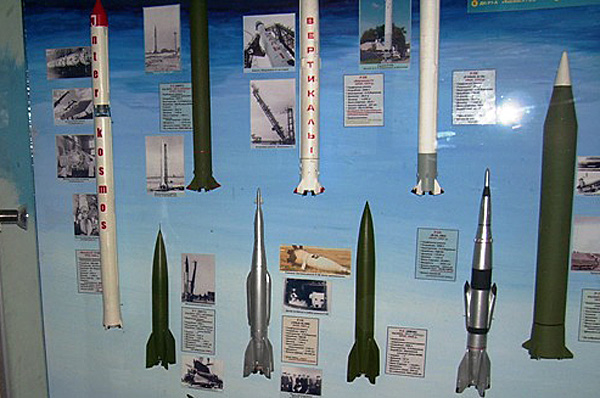
The museum opened in 1999 with the assistance of the City Council. Museum exhibits given or made by the enthusiast Valery Hrechnyeva, who was collecting materials for 45 years for the museum and by modeller Vitaliy Yatsenko, who had been preparing models for 20 years and is currently the director of the museum.
Hrechnyev transferred 1,700 models of aircraft and missiles, 1,400 stamps, 1,120 icons, 17,000 photographs and 1,340 videotapes to the museum. Besides this huge collection, 1,400 books, 2,500 magazines and 850 drawings are displayed. The museum also displays models and paintings of students. There is a separate room in honor of Leonid Kadenyuk. (www.guide.cv.ua)
Phone: +38 03722 44 83 2
Literary-Memorial Museum of M. Eminescu
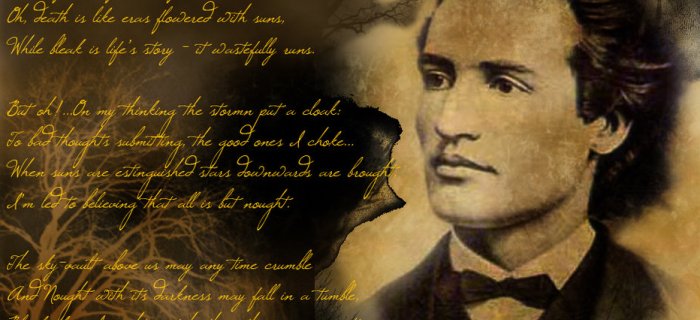
Mihai Eminescu - a classic in world literature. He lived in Chernivtsi intermittently over eight years (1858-1866). During his stay in Chernivtsy, Eminesku lived in the apartment of his literature teacher A. Pumnula, now the house on A.Pumnula Street 19. Today the museum has more than 2,000 original exhibits. Over 800 exhibits have been registered and 519 described. And the search for more continues.
The museum also shows "Journey into the world of Eminescu" (over 60 paintings) by Verhulesku. (ridna.ua)
Phone: +380 (372) 52-50-62, +380 (372) 52-62-39
Opening hours: Monday - Friday 09:00-17:00
Literary-Memorial Museum of Yuri Fedkovich
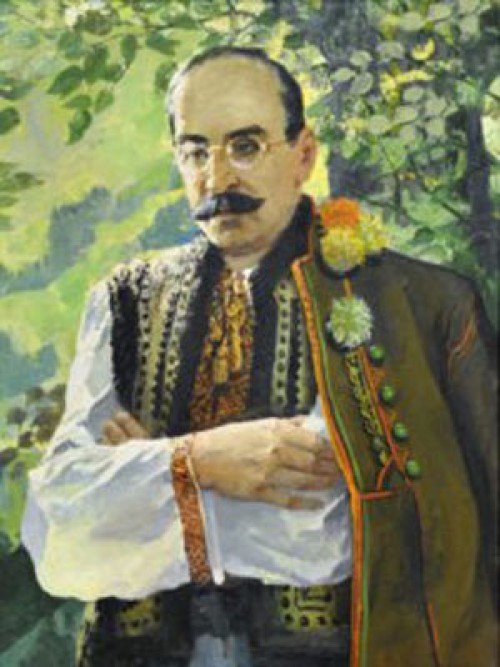
Literary-Memorial Museum of Yuri Fedkovich is dedicated to the life and works of classical Ukrainian writer Fedkovich. It is located on the corner of Cathedral Square and Franka Street. Founded on the 19th of April 1945, the museum was originally housed in a room in the house of a Bukovina metropolitan. In 1962 it moved to Koylianska Street on the premises of the Chernivtsi museum. On the 24th of August 2004 it was decided to move the museum to the writer's apartment at Cathedral Square 10. Here, his personal belongings, his works, musical instruments, photographs and other items are preserved. From this house the newspaper "Bucovina" was published, the editor being Fedkovich himself and it was also the seat of the Ukrainian society "Russian Conversation". In 1875, the student society 'Union' was also founded here.
The exhibition consists of literary and memorial exhibits. In literary compositions the writer's way of life, work and his public teaching career are recreated. Of great value in the museum is the original artistic heritage, including his first collection 'Poems of Joseph Fedkovich' (1962). The museum also exhibits collections of poems by Fedkovych, issued in Kolomna in 1867-1868. Furthermore, manuscripts and editions of 'Bukovina nightingale', a magnificent collection of old postcards and different manuscripts are displayed. (moe-misto.cv.ua)
Phone: +380 (372) 52-56-78
Opening hours: Tuesday - Sunday 09:00–17:00
Military History Museum
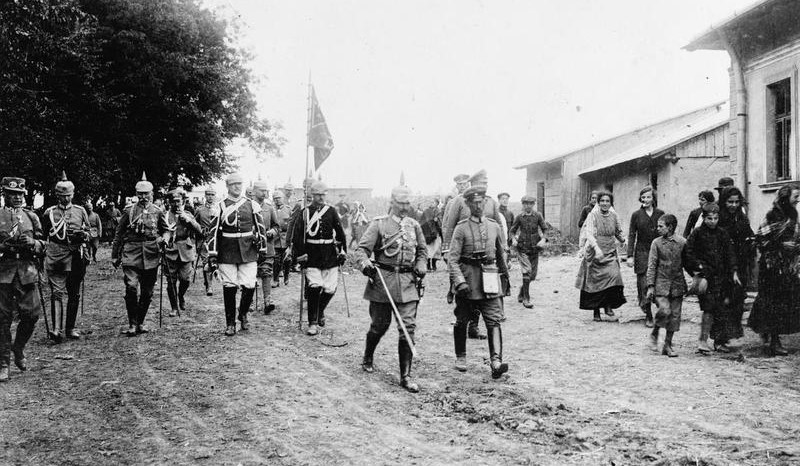
Phone: +380 (96) 240-45-09
Opening hours: Monday - Friday 09:00-17:00
Pharmacy Museum

Phone: +380 (372) 52-23-24, +380 (372) 57-79-00
Opening hours: Monday - Friday 08:00 - 20:00; Saturday - Sunday 09:00 - 17:00
Art Gallery 'Sweet Art'
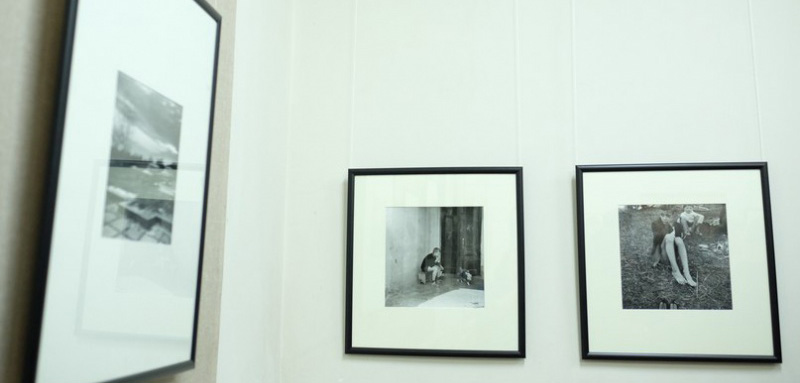
Here you can get acquainted with contemporary art of different genres from Ukraine but also from other countries. There are regular exhibitions of paintings, drawings, and a permanent exhibition of the owner's works: made of glass, clay, wood, metal, interior items and souvenirs. (www.afishka.cv.ua)
Phone: +380 (67) 161-70-17, +380 (99) 063-22-10
Opening hours: Daily 10:00 - 18:00
Pottery Museum in Kobolchin
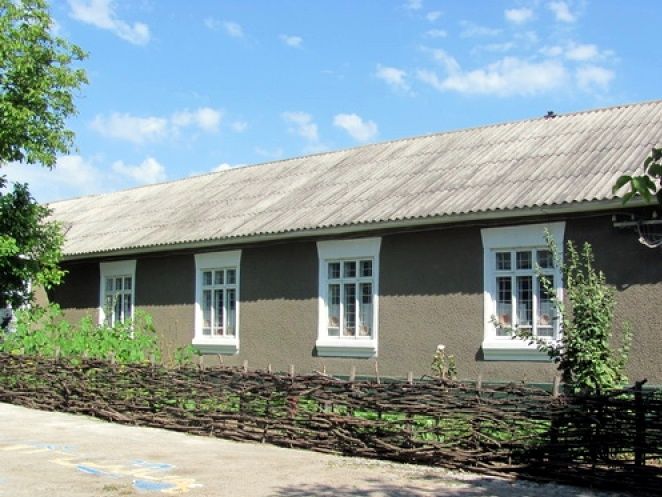
In December 2008, the Kolchinsky District Pottery Museum was opened. The founder is Ivan Gonchar. Here about a thousand pots are stored, created by pottery dynasties in the village of Kobolchin. The museum is designed as a potter's home. In the museum you can also learn and practice the secrets of the art of pottery, as the museum has all the equipment and a working furnace. But it is not only a museum of pottery, but also the history museum of the village of Kobolchin. The museum has a rich collection of items, typically for Ukrainian life in the last century.
Ivan Gonchar collected the unique exhibits for the museum: a large pottery stove, kerosene lamps, old carpets with three flowers; a symbol of prosperity, embroidered towels, antique doors and window shutters. The furnished house recreates the atmosphere of a farm house. (chernovtsy.glo.ua)
Sokiryanskaya district
Phone: +38 (03739) 2-97-52, (067) 387-49-04
Rusnak Museum in Dubovtsev
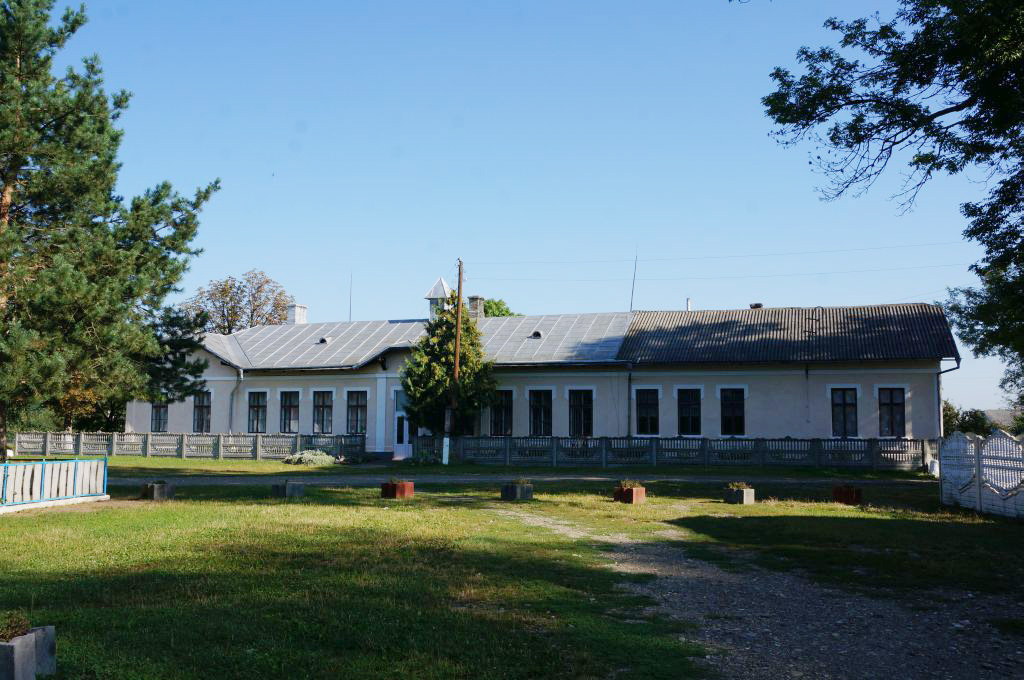
The village is near the town of Cherepovets, the first mention of it dates back to 1464. Here is a museum that tells about the famous natives of Dubovtsev: world-class singers Orest and Denis Rusnak. It was in the Church of the Assumption, where the brothers began their singing career. Orest Rusnak (1895 - 1960) became a tenor. In Europe and America he was referred to as the 'Ukrainian Caruso'. Denis (1901 - 1952) became a singer-conductor and their brother Nestor after his father’s death, stayed in the service of the church. He contributed the most to the museum, and his son Ljubomir continued the family tradition as a singer, becoming a soloist tenor of the Bukovina Academic Song and Dance Ensemble.
Not far from the school-museum near the chapel on Rusnak Street, their old house stands preserved wtih a memorial plaque, that says: "This place was the house in which we were born the glorious brothers: opera singer Orest Rusnak and singer-conductor Denis Rusnak." (chernovtsy.glo.ua)
Phone: +38 (03 736) 3 10-36
BANDS AND SINGERS
Okean Elzy
Jamala
The Hardkiss
Tina Karol
Christina Solovy
Piccardysky Tertsiya
advertisement
Ruslana
Skryabin
Alyosha
Olexander Ponomarev
Zlata Ognevich
Onuka
advertisement
Antityla
Loboda
Irina Dumanskaya
Irina Fedishin
Vivienne Mort
Krykhitka Tsakhes
advertisement
S.K.A.Y.
Druha Rika
Boombox
Buv'ye
Lama
Platch Yeremy
advertisement
Voply Vidoplasova
T.N.M.K.
Tartak
Noomer 482
Braty Hadukyny
O. Torvald
advertisement
Bahroma
Epolets
Haidamaky
TIK
Ani Lorak
